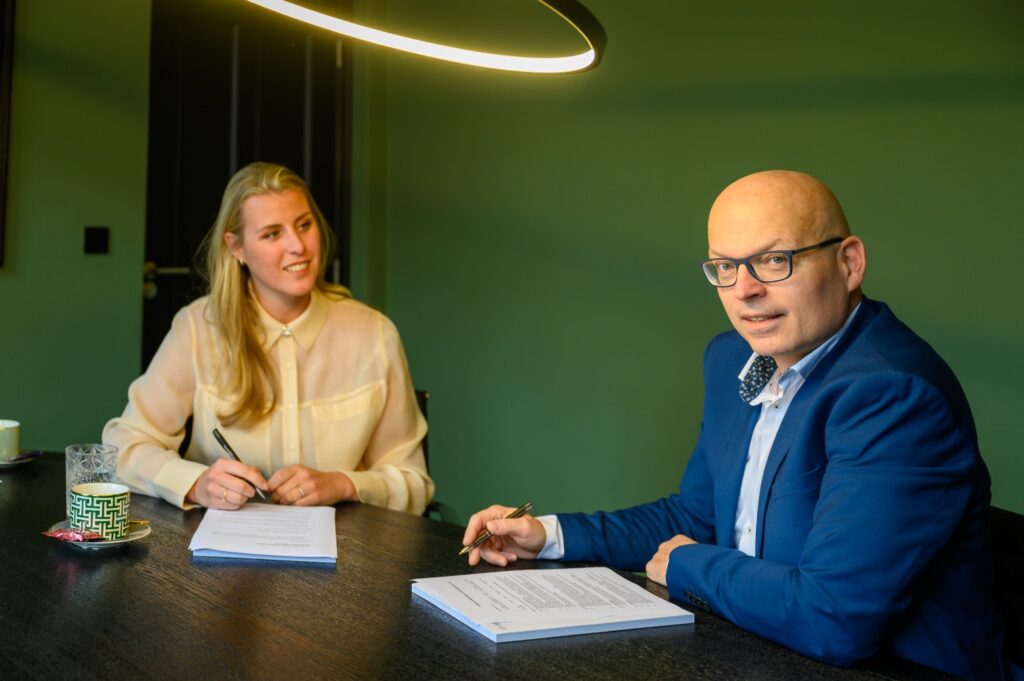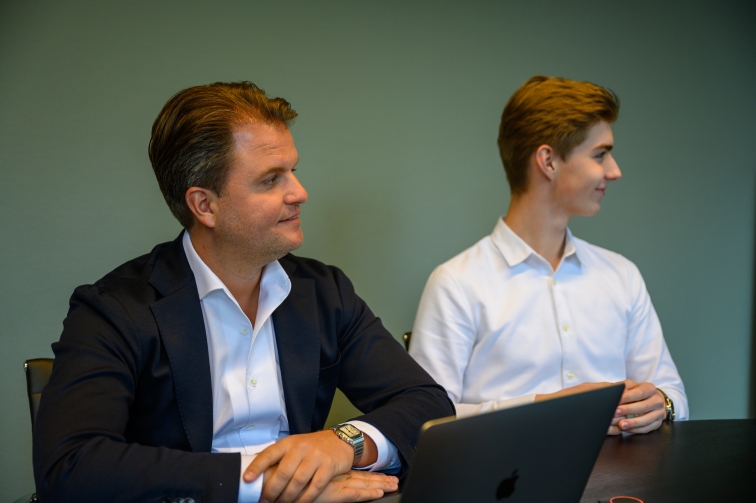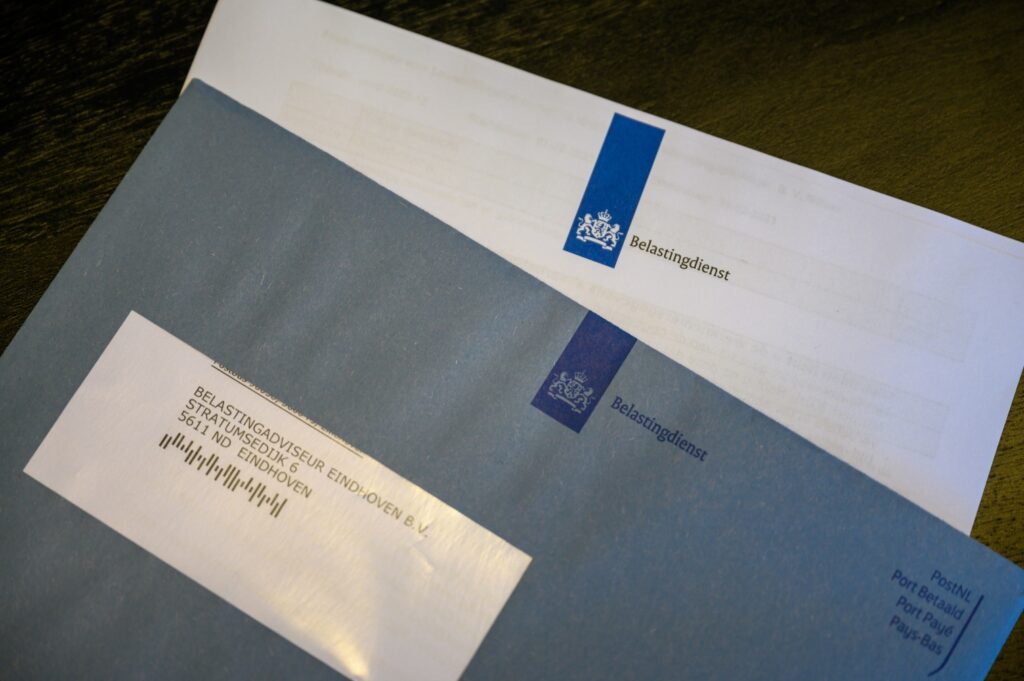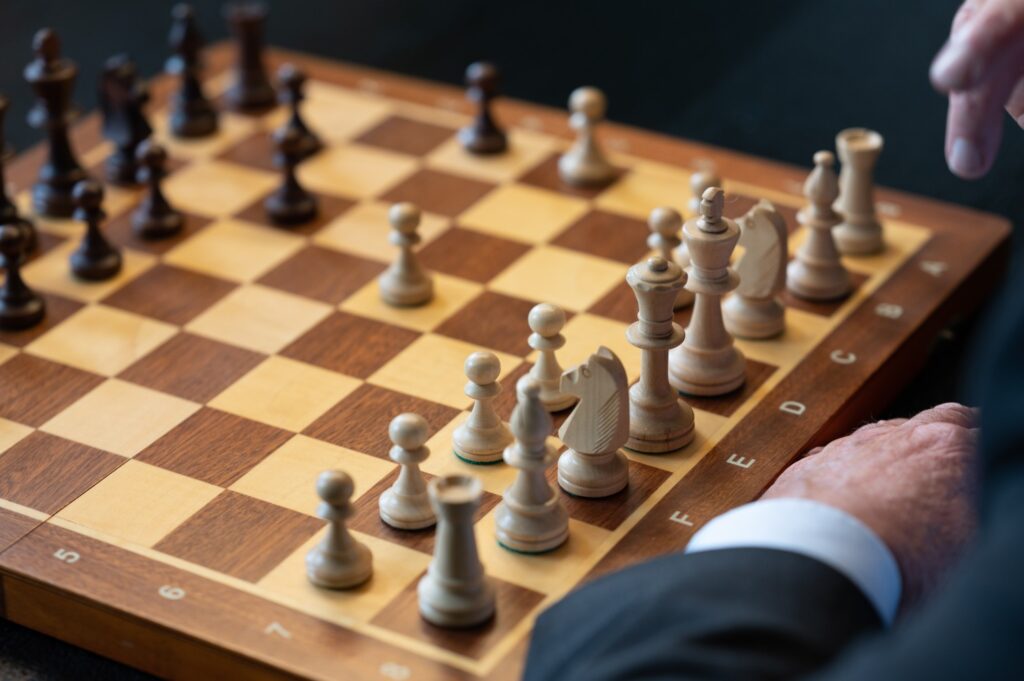
In dit artikel vertellen we alles over de aangescherpte regels rondom schijnzelfstandigheid bij ZZP’ers die per 1 januari 2025 zijn ingegaan.

As your business grows, it my be interesting to collaborate with one other business owner or have a relative step into the business. Since a sole proprietorship (eenmanszaak) can only have one owner, you'll have to convert your sole proprietorship to a general partnership (vof) or bv. In this article we take a closer look at converting form sole proprietorship to general partnership.
A general partnership is a partnership between several natural persons, legal entities, another general partnership, limited partnership or any possible combination of these. The main difference between a sole proprietorship and a general partnership is that a sole proprietorship has only one owner, and a general partnership has several owners (called partners) who together run the business. After the general partnership is established, you both share in the profits of the business but you are also both jointly and severally liable for the debts of the general partnership.
Starting a new general partnership is quite simple. You only need to register with the Chamber of Commerce; going to a notary or lawyer to set up your general partnership is not necessary. Registration of a general partnership costs a one-off fee of €82,25. You can do a pre-registration online in advance, so most of it is already taken care of and all you have to do is sign your final registration at the Chamber of Commerce. When setting up the general partnership, you will get a new CoC number, so take this into account. Contracts entered into before will be in the name of your sole proprietorship. Even if you take over the name of your old company, the CoC number will change.
Changing from a sole proprietorship to a general partnership is called converting. Converting from a sole proprietorship to a general partnership involves many things that need to be taken into account. If you want to convert your sole proprietorship to a general partnership, in principle, the sole proprietorship is first discontinued and then it is contributed to the general partnership that is established. By discontinuing the sole proprietorship, a cessation profit has to be paid.
The cessation profit is the difference between the fiscal book value and the actual value of the company's assets, also called your silent reserves. For example, if you have a property in your company with a book value of €200,000 and an actual value of €300,000, the silent reserve is €100,000. These silent reserves, together with the fiscal reserves, such as an accrued retirement reserve, are considered cessation profits and, after deduction of the SME profit exemption (12,7%), are taxed at the Box 1 income tax rate.
When you cease your business for the first time, you are entitled to a cessation deduction. The cessation deduction may be deducted from the cessation profit and amounts to a maximum of €3,630. You are entitled to the full amount of the cessation deduction once in your lifetime. If you were unable to deduct the entire cessation profit in a previous cessation, you may still deduct the remainder in a later cessation.
When you continue a business for income tax purposes, you may make use of the carry forward arrangement. With the carry forward scheme, the new company takes over the book value of the old company, with the result that no cessation profit is realized and therefore no tax has to be paid, technically speaking there is no cessation. With the pass-through facility you transfer the tax claim of the cessation profit to the new company, as it were, this does not mean that no tax has to be paid. You still pay this, but at a later time.
If you want to use the carry forward facility, you must send a request to the tax authorities. This must be done before you file your income tax return for the year in which you ceased trading. The request must include your intention to reinvest the cessation profit in a new or existing company (transferring your hidden reserves to another company) within 12 months after discontinuation. If you meet this requirement, there is a good chance that your request will be accepted.
When you are going to cooperate with another person, it is important to make agreements about the insights the company has and powers each partner has. For example, in the vof contract you can include signing authority, financial investment, time investment and profit distribution.
When the joint venture contract is registered they are public and can be found through the trade register. If you do not register the contract then it is only valid between themselves. The advantage of registering the vof-contract is that it then has third party effect. If there is unauthorized action then the other party could have known this and the company is not bound by the obligations entered into.
Do you want to start today?
After settling the profit from the discontinuation, the assets can be transferred to the partnership and are in the name of the new partnership. The assets are contributed at their actual value and will also appear for this value on the balance sheet. Depending on the agreements made, the ownership can remain with the contributor or be transferred to the partnership.
The partnership contract can also regulate agreements on the contribution of certain assets. When a partner contributes his own possessions he often wants to remain the owner of his possessions, this too can be arranged in the partnership contract. There are 3 ways in which you can contribute something to the partnership:
When assets are contributed, the partnership may use the assets as if they were its own, but the legal and beneficial ownership of the assets remains with the partner who contributed them to the partnership.
A legal contribution is the standard if nothing is included in the partnership contract. With a legal contribution, changes in value are the responsibility of the vof, both positive and negative. These changes in value must be divided among the partners when the partnership is dissolved. When the partnership is dissolved, the assets revert to the contributor.
The economic contribution is similar to the transfer of goods. In this case, too, the contributing partner retains legal ownership of the goods, but the changes in the value of the goods accrue to the company.
The tax differences between a sole proprietorship and a vof are nil. Both are taxed with the profits in income tax in Box 1 at the rate of 35.82% up to a profit of €38,441, at a profit between €38,441 and €76,817 at a rate of 37.48% and everything above that at 49.5% in 2025. The biggest difference between a sole proprietorship and a vof is that you have to divide the profit among the partners so the profit of the vof is taxed on several people and not, as with the sole proprietorship, accrues to one person, this is not allowed by law.
Of course, you may come across a potential partner during the year. Depending on a number of conditions, it is then still possible to join the general partnership with retroactive effect. The retroactive effect here is a tax option by which the profits made in a certain period are seen as profit for the general partnership instead of the sole proprietorhip. Legally, the retroactivity has no effect.
Long story short, a conversion with retroactive effect is approved by the tax authorities up to a maximum of 9 months. In other words, if the general partnership is set up before 1 October, it can still be done with 1 January as the start of the financial year. However, some conditions must be met:
A termination or exit of a genera partnership is neither fiscally nor legally possible.

In dit artikel vertellen we alles over de aangescherpte regels rondom schijnzelfstandigheid bij ZZP’ers die per 1 januari 2025 zijn ingegaan.

As a sole proprietor in the Netherlands, there are several tax benefits you can make smart use of. You can read more about them in this article.

An audit by the Tax Authorities is something that can happen. However, it does not have to be a stressful experience. In this article, we explain how an audit works and what your rights and obligations are.
In order to provide the best experience, we use technologies such as cookies to store and/or retrieve information on your device. By agreeing to these technologies, we can process data such as browsing behaviour or unique IDs on this site. If you do not give your consent or withdraw your consent, this may adversely affect certain functions and capabilities.